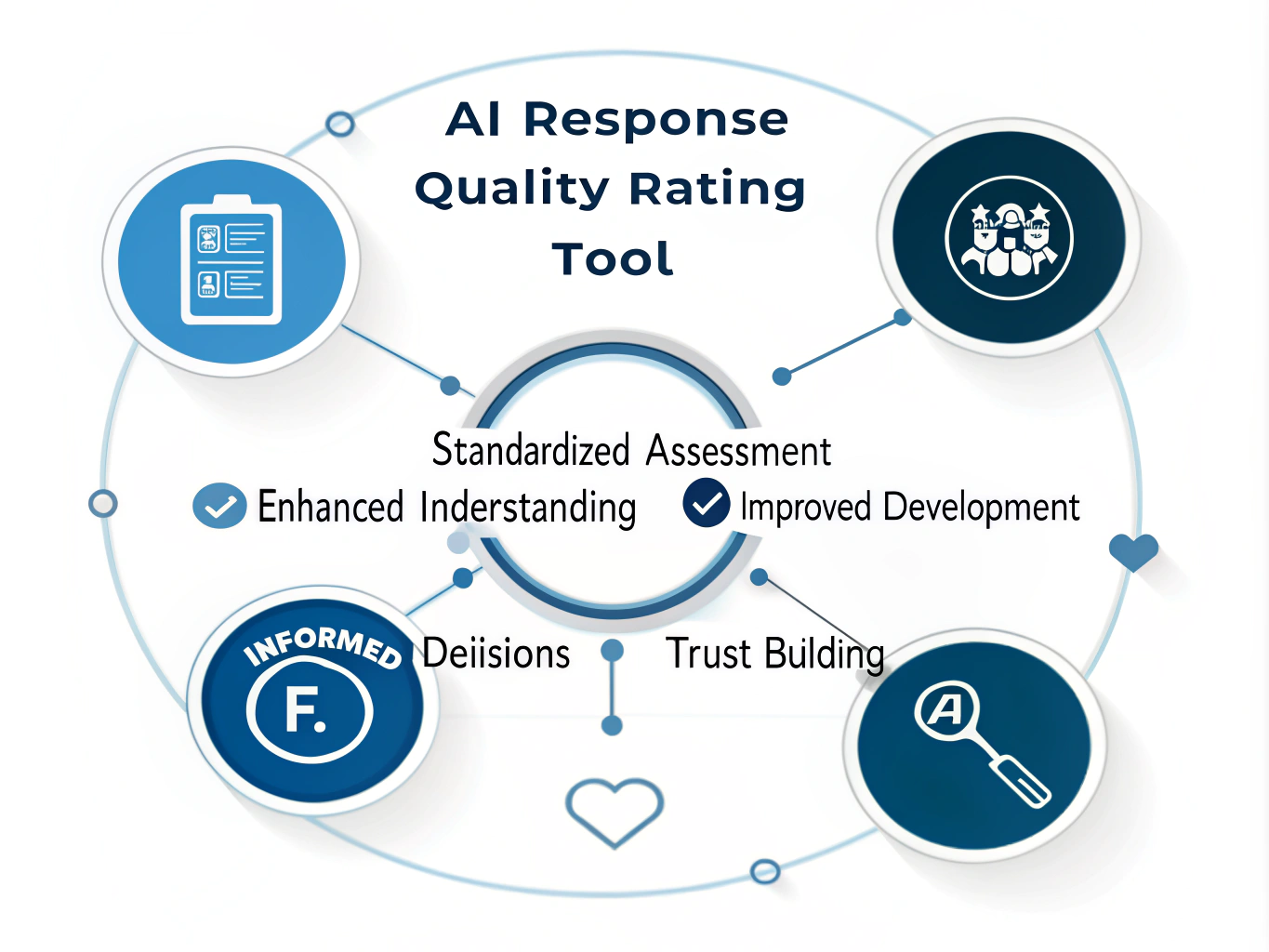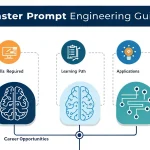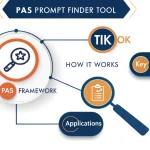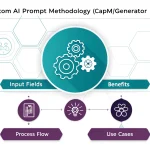AI Response Rating Tool
Is this tool helpful?
How to Use the AI Response Quality Rating Tool Effectively
Follow these steps to get the most accurate and helpful evaluation from the AI Response Quality Rating Tool:
-
Input AI Instructions: Enter the specific task or prompt given to the AI in the first field. For example, you might use:
- “Summarize the environmental impacts of plastic pollution.”
- “Explain the fundamentals of blockchain technology for beginners.”
-
Provide AI Output: Paste the AI’s generated response into the second field. For instance:
- A concise summary explaining how plastic pollution affects marine life and ecosystems.
- An introductory explanation covering blockchain’s ledger system and its real-world applications.
- Submit for Evaluation: Click the “Rate AI Response” button to analyze the input. The tool will process your entries and generate a detailed quality rating.
- Review Your Results: The tool will display a thorough assessment that includes a letter grade, detailed reasons for the rating, and a numeric score out of 100.
- Utilize the Rating: Use the provided evaluation to refine AI instructions, improve AI training, or guide decision-making about AI-generated content.
Introduction to the AI Response Quality Rating Tool
The AI Response Quality Rating Tool helps you objectively assess how well AI-generated content performs compared to human expert standards. It evaluates the quality of AI responses based on clear, consistent criteria to highlight strengths and areas needing improvement.
With AI playing a growing role in content creation, research, and customer support, this tool provides a practical way to measure AI accuracy, clarity, relevance, and creativity. By understanding AI performance better, you can make informed decisions about when to rely on AI-generated outputs and how to enhance AI capabilities.
Purpose and Benefits of AI Response Quality Evaluation
- Identify where AI responses meet or fall short of expert-level standards.
- Provide constructive feedback to improve AI model development and training.
- Help users trust AI-generated content by offering transparent performance metrics.
- Facilitate objective comparisons between different AI models and response types.
- Enable better decision-making regarding AI use in various fields and applications.
Key Features of the Rating Tool
- Standardized Grading: Assigns a letter grade reflecting AI response quality relative to human experts.
- Detailed Feedback: Explains why a particular score was given, noting strengths and weaknesses.
- Numerical Scoring: Provides a clear numeric rating from 0 to 100 for easy performance tracking.
- Flexible Input: Accepts instructions and AI-generated content from any domain or task.
- Easy Sharing: Copy and export results to support collaboration or documentation.
Practical Applications of the AI Response Quality Rating Tool
1. Enhancing AI Development and Research
Use the tool to evaluate various AI models by comparing their outputs across different tasks and complexity levels. This targeted feedback helps developers identify:
- Areas where models perform consistently well.
- Specific weaknesses requiring further training or adjustment.
- Biases or inconsistencies impacting output quality.
2. Improving Content Creation and Editorial Workflows
Editors and content creators can assess AI-generated articles, summaries, or reports for accuracy and coherence before publishing. This ensures higher content quality and reduces the need for extensive human revision.
3. Optimizing Customer Support and Chatbots
Apply the tool to evaluate AI chatbot responses and support articles, improving customer satisfaction by ensuring timely, relevant, and accurate information delivery.
4. Supporting Educational and Training Platforms
Educational platforms can assess AI tutors or content generators to verify clarity, correctness, and appropriateness for learner levels, improving instructional quality.
5. Assisting Legal and Compliance Review
Law firms and compliance teams benefit by evaluating AI-assisted summaries and analyses of documents to ensure reliability and completeness for critical decision-making.
Example Use Case: Evaluating AI Responses on Technical Topics
Imagine you ask the AI to explain how machine learning algorithms work in fraud detection, and it generates the following response:
- Describes basic algorithm types like supervised and unsupervised learning.
- Explains feature identification relevant to detecting fraudulent patterns.
- Includes examples such as anomaly detection and classification models.
The AI Response Quality Rating Tool evaluates this output and assigns:
Letter Grade
B+: Demonstrates strong understanding with minor gaps in explaining certain complexities.
Grading Justifications
- Clearly defines relevant machine learning concepts.
- Provides practical examples linked to fraud detection.
- Lacks deeper discussion on recent advanced techniques.
- Could improve explanation clarity for non-technical readers.
Numerical Score
87 out of 100
This thorough evaluation highlights where the AI excels and suggests specific areas for enhancement, helping you guide AI improvements or decide when human expertise is needed.
Understanding the AI Response Quality Rating Criteria
The tool evaluates AI-generated responses based on multiple key dimensions to ensure comprehensive quality assessment:
- Accuracy: Is the information factually correct and relevant?
- Depth: Does the response exhibit thorough knowledge and insight?
- Clarity: Is the explanation easy to understand and well-structured?
- Creativity: Does the AI offer original or innovative ideas and problem-solving?
- Contextual Understanding: Can the AI handle complex or nuanced topics effectively?
Conclusion: Leveraging the AI Response Quality Rating Tool
By using this tool, you gain an objective, clear picture of AI content quality. Whether you’re developing AI systems, creating content, or deciding how much to rely on AI in your work, this rating tool empowers you to make informed choices grounded in a reliable evaluation framework.
Regularly applying these quality assessments helps improve AI responses over time, ensuring that AI technology delivers valuable, trustworthy, and contextually relevant results across diverse applications.
Important Disclaimer
The calculations, results, and content provided by our tools are not guaranteed to be accurate, complete, or reliable. Users are responsible for verifying and interpreting the results. Our content and tools may contain errors, biases, or inconsistencies. Do not enter personal data, sensitive information, or personally identifiable information in our web forms or tools. Such data entry violates our terms of service and may result in unauthorized disclosure to third parties. We reserve the right to save inputs and outputs from our tools for the purposes of error debugging, bias identification, and performance improvement. External companies providing AI models used in our tools may also save and process data in accordance with their own policies. By using our tools, you consent to this data collection and processing. We reserve the right to limit the usage of our tools based on current usability factors.







